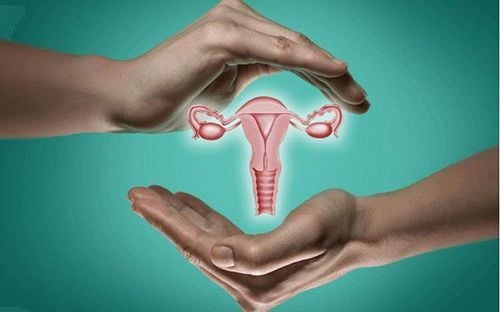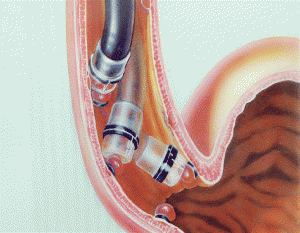This is an automatically translated article.
The article is professionally consulted by Specialist Doctor I Tran Thi Ngat - Department of General Surgery - Vinmec International General Hospital Da Nang.Tonsillectomy in adults is a common type of surgery in the field of otolaryngology in particular and in medicine in general. This surgery has the main purpose of removing all the tonsils in the throat when they are no longer functioning with normal function. Tonsillitis in adults is the leading pathology indicated for surgery. Anesthesia for tonsillectomy in adults today is gradually becoming the first choice because of many outstanding advantages.
1. Overview of tonsillectomy in adults
The tonsils are lymph nodes at the back of the pharynx that have the main job of protecting the respiratory tract from invaders from outside the body such as viruses, bacteria, and fungi. Lymphatic organizations inside the tonsils are responsible for producing antibodies against pathogens. Tonsillitis in adults is a common disease, appearing when there is an imbalance between the number of pathogens and the local immune system. Tonsillitis in adults often recurs many times a year, occurs seasonally and presents with variable severity. When tonsillitis in adults is repeated many times with increasing severity, the patient will be prescribed tonsillectomy surgery to prevent negative effects on the whole body.Although tonsillectomy in adults is not too complicated, if it is not performed with the correct technique and inexperienced surgeons, it can lead to a number of complications, the most dangerous is postoperative bleeding. The entire structure of the tonsils on both sides of the back of the throat will be removed after the surgery is over. There are many anesthetic methods used such as local anesthesia, acupuncture, in which tonsillectomy in adults with endotracheal anesthesia is preferred in difficult cases. Anesthesia for tonsillectomy in adults has the advantage of prolonging the duration of anesthesia and supporting the surgical team to completely remove the tonsils and perform a thorough hemostasis step. In addition, endotracheal anesthesia has also become the first choice for tonsillectomy in children.
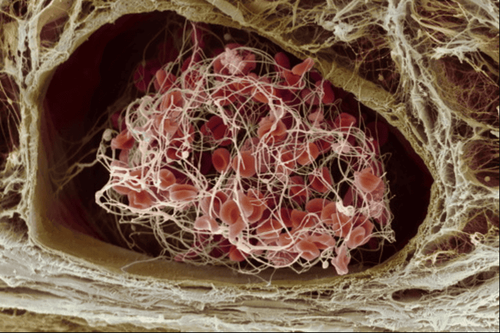
Tonsillitis recurs more than 5 times in 1 year and occurs in 2 consecutive years. The tonsils increase in size many times, making it difficult for the patient to breathe, eat and communicate. Tonsillitis in adults progresses to chronic inflammation and causes many complications for the body. Tonsillectomy in adults with endotracheal anaesthesia is not performed when:
Tonsillitis is progressing acutely with signs of severe infection The patient has uncontrolled chronic medical conditions good, including cardiovascular disease, blood clotting disorder, diabetes, hyperthyroidism ... Pregnant women
2. Procedure for performing endotracheal anesthesia to remove tonsils in adults
The procedure to perform endotracheal anesthesia to remove tonsils in adults is as follows:2.1. Prepare means and tools
Before conducting anesthesia for tonsillectomy, the team needs to prepare equipment systems to support the anesthetic process such as monitors for vital signs of the body, suction machines, and intubation support kits. such as laryngoscope, endotracheal tube of various sizes, canule, tonsillectomy surgical kit such as mouthpiece, hemostatic forceps, electric knife, suction tube, needle and suture, cotton swab, syringe.2.2. Prepare the patient
Steps such as physical examination, taking previous medical history should be taken before deciding to have surgery. Patients also need to have basic tests such as total blood cell analysis, basic hemostatic function, hepatitis B test, HIV test, biochemical blood test and functional survey. liver and kidney such as urea, Creatinine, liver enzymes, electrocardiogram, chest X-ray. The surgeon needs to consult and explain carefully to the patient before performing tonsillectomy about the steps to be performed as well as the types of possible complications.
2.3. Steps to perform anesthesia for tonsillectomy in adults
Instruct the patient to lie in the supine position on the operating table, using a soft pillow to prop it under the shoulder to maximize the tilt of the neck. Place a peripheral intravenous line. Initiate anesthesia with anesthetics, analgesics and muscle relaxants if necessary. Intubate the nasal passages or insert an oral endotracheal tube into the trachea and then inflate the balloon. Using an endotracheal tube during tonsillectomy in adults aims to maintain respiration during surgery, to limit the risk of aspiration of digestive juices from the stomach or blood from the surgical area into the airways. . The endotracheal tube should be placed in a favorable position, firmly fixed to create the best surgical field for the surgeon and at the same time protected from excessive pressure, making it difficult for ventilation.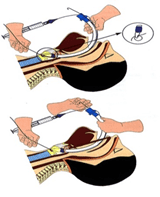
Monitor early signs of bleeding in the first 24 hours after surgery and Late bleeding at 1 week postoperatively. It is necessary to return to the medical facility as soon as signs of bleeding are detected. The first day after surgery, the patient can only eat liquids such as cold milk. On the following days, you can start to practice eating with thin porridge. After the first week after surgery, the patient can start eating pasty, soft rice. Normal eating habits can be restored from the 10th day after surgery, but hot, hard, or sour or spicy foods should be avoided. Although tonsillectomy is a routine surgery, there are potential risks or complications if the patient does not cooperate. Therefore, during the examination, the patient needs to pay special attention and follow the doctor's instructions.
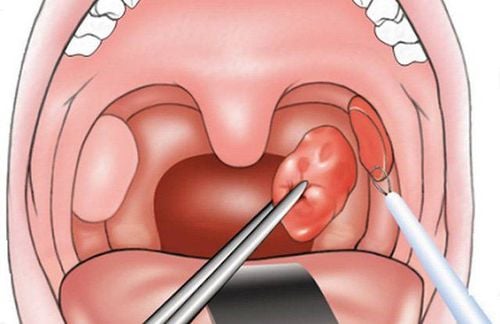
Doctor Ngat has more than 15 years of experience as an Anesthesiologist and resuscitator at Hospitals: Da Nang Obstetrics and Gynecology Hospital, Hospital 199 of the Ministry of Public Security, Tam Tri Hospital in Da Nang. Currently, he is an anesthesiologist at the Department of General Surgery - Vinmec Da Nang International General Hospital.
Please dial HOTLINE for more information or register for an appointment HERE. Download MyVinmec app to make appointments faster and to manage your bookings easily.
EMPLOYEES:
Oral intubation Intubation is indicated in what cases? What is endotracheal anesthesia?








